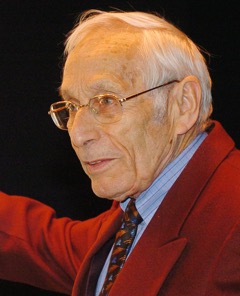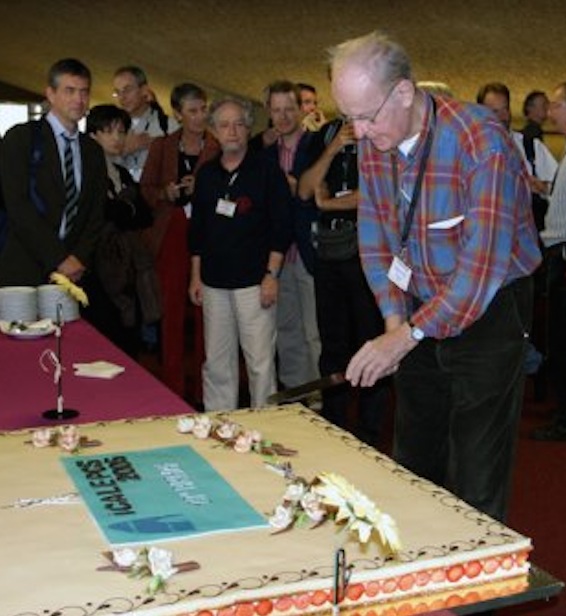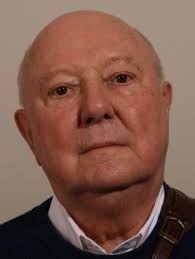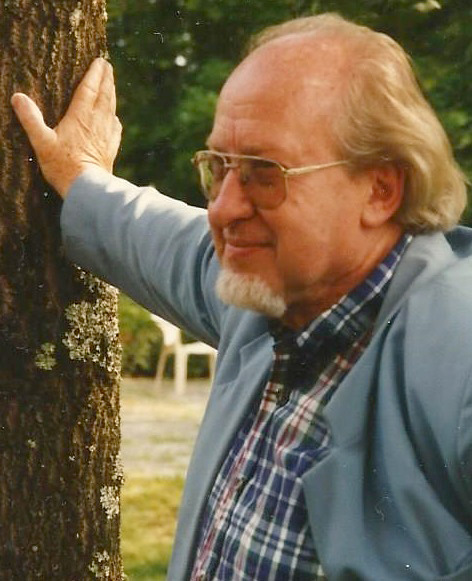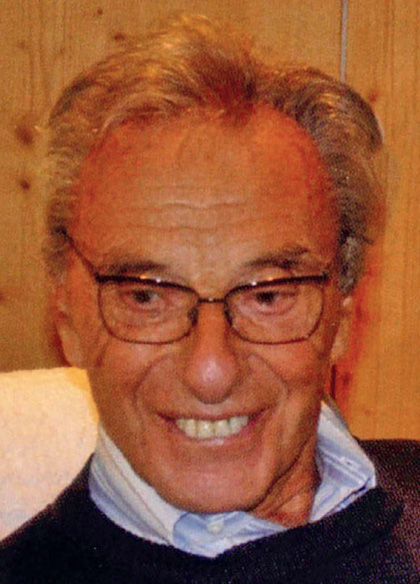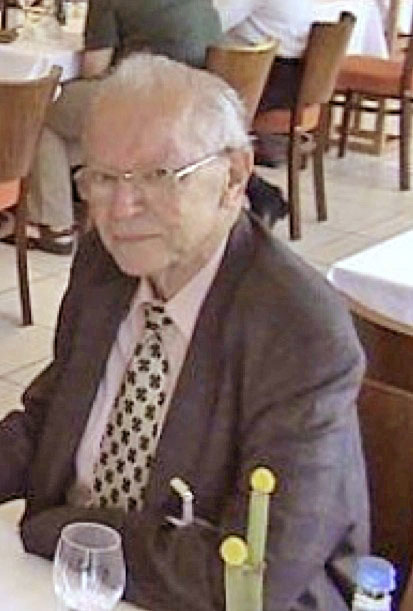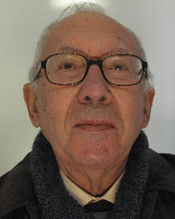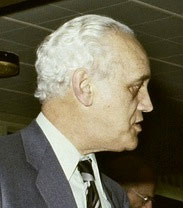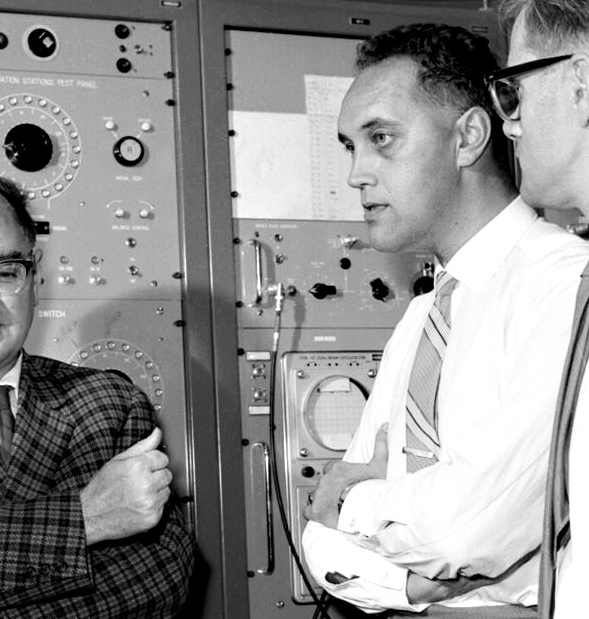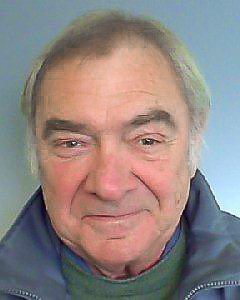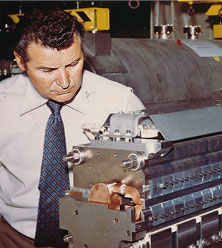A renowned member of the French Resistance was laid to rest on Sunday in Veyrier. (Tribune de Geneve, 2016-08-14) “Carnet noir”:
Herbert Herz, Engineer at CERN, has died. A German Jew, he joined the French Resistance movement in 1942.
Herbert Herz participated in operations to sabotage the Nazi war effort and the occupying forces. There are those whose lives bore parts of the weight of history. Herbert Herz is an example of such a person. This former member of the Resistance who died on Thursday was a member of the Francs-tireurs et partisans – main-d’œuvre immigrée (FTP-MOI), and member of the Communist party.
The funeral of this ex-Engineer of CERN, representative of the Yad Vashem Israeli Institute for this region, decorated with the French Legion d’Honneur for exemplary acts of Resistance took place on Sunday at the Israeli cemetery in Veyrier.
Herbert Herz was born in 1924 in Augsburg in a Jewish family. Persecuted, his family fled to Dijon. After the debacle of the French army in 1940, they fled again to the Auvergne region. During a round-up of Jews ordered by the Vichy government in August 1942, Herbert Herz was taken hostage in Riom but escaped thanks to the help of a French commander of the gendarmerie who later joined the Resistance network. He was betrayed and died in deportation.
After the war, this man’s dossier was the first that Herbert Herz submitted in order for him to receive a posthumous Medal for The Just.
After the war, Herbert Herz became a delegate of the Yad Vashem Institute and through his efforts 117 persons were honoured as “Righteous Among the Nations”. This decoration recognizes those non-Jewish persons who saved the lives of Jews at the peril of their own. His wife Simone remembers “My husband always said that instead of blaming those who did us harm, it was far better to reward those who did us good”.
As a young man, hunted down, he fled to Grenoble where he was recruited into the “Carmagnole et Liberte” group which belonged to the FTP-MOI network in Grenoble and Lyons. He took part in sabotage acts of the Nazi war effort and attacks against the occupying forces.
During the same period his brother, Manny, was caught by Swiss Border guards as he tried to flee into Switzerland at the insistance of his mother. He was handed over to the Vichy police and died in Auschwitz.
After the war Herbert Herz studied electrical engineering and worked at CERN where he stayed until his retirement in 1987. He was a fervent militant for the protection of the environment and one of the founding fathers of ASPIC. At the age of 92, this father of three children with many grandchildren and great-grandchildren, would take a swim in the lake whenever he could. His last public appearance was in April at the Book Fair during a conference on the Jewish Resistance.
“Mon combat dans la Resistance”, Editor MANNY (available at the Kiosk in the Main Building or at Interfon in Restaurant No. 2).
Testimony from a colleague:
Herbert Herz
“I became aware of his personality after reading his book (Mon combat dans la Resistance – Souvenirs d’un jeune Juif allemand).
When I think of him, my first thought is of his determination. No matter what he undertook, he went through with it to the end, no matter the obstacles.
Second thought is the strength of his conviction. This led him to become founder of the CERN Environment Club within the Staff Association after seeing how little importance CERN was paying to the environment.
Suddenly, for no apparent reason, all the Group Leaders became club members!
He wanted to plant trees on the Meyrin site which apparently was upsetting the gardeners’ unit due to the question of maintenance. Never hindering, Herbert created his own secret tree nursery and during the lunch hour we went off planting trees with him. We protected them with fencing in defiance of the lawnmowers which were ruthless (before sheep were introduced for maintenance!). Little by little CERN got its green belt back again.
During retirement, the same determination drove him to honour ‘The Just’ which increased even more our respect for him.”

